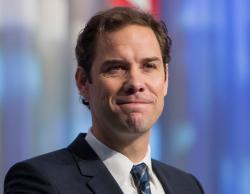Introduction
The coming three years through 2015 will amount to a crossroads on the path of long-term global cooperation. The challenges will stretch far beyond the unpredictable but urgent daily macroeconomic problems emanating from the advanced economies. They will speak to the principal needs of humanity, affecting billions of the least advantaged people on the planet. Foremost among the challenges stands the fight to end extreme poverty in its many forms. Underpinning this lies the imperative for environmental sustainability. These problems can only be solved through proactive efforts – spanning countries, organizations and citizens.
Ending extreme poverty is not just a matter of charity. Broad-based economic growth in the poorest parts of the world will support the expansion of global markets in all parts of the world. Investments in productive workforces, sustainable food systems and the environment will not only accelerate growth; they will also reduce the risks of costly economic disruptions and social instability.
The Millennium Development Goals (MDGs, listed for reference in Appendix 1) have been the central reference point for global development efforts since they were established as international targets in 2000. As the first global policy vision based on mutual accountability between developing and developed countries, they set a compelling agenda to cut many forms of extreme poverty in half by 2015. Over time, the Goals have gained traction far beyond the walls of government. Bill Gates has called them “the best idea for focusing the world on fighting global poverty that [he has] ever seen.” Nonetheless, the MDGs have weaknesses to learn from, too. Moreover, they will expire in 2015, and they only mark a midway point.



